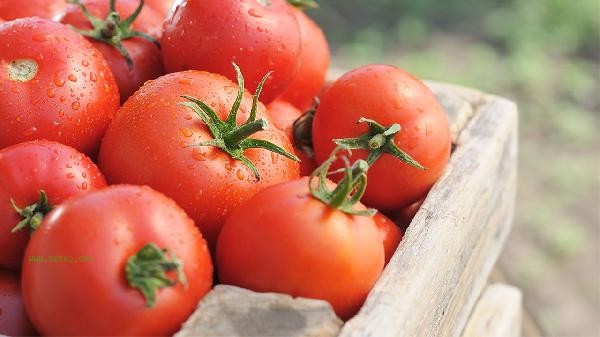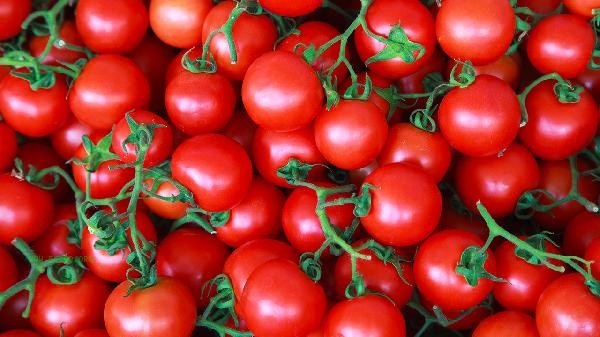The main methods for promoting tomato redness include controlling temperature, adjusting light, using ethylene gas, supplementing potassium fertilizer, and spraying plant growth regulators. Reasonable use of these methods can promote natural color transformation of tomatoes, but attention should be paid to avoiding the abuse of chemical agents.

1. Temperature Control
The suitable temperature for tomato color conversion is 20-25 degrees Celsius, and maintaining a temperature difference of 8-10 degrees Celsius between day and night helps with lycopene synthesis. Excessive temperature can cause color stagnation, while low temperature can easily lead to green shoulder fruit. Greenhouse cultivation can be adjusted through ventilation or shading nets, while open field cultivation requires attention to weather changes.
2. Adjusting Light
6-8 hours of sufficient light per day can activate anthocyanin synthesis in tomato epidermis. Use transparent greenhouse film and remove old leaves in a timely manner to improve ventilation and transparency. Avoid direct exposure to strong light that can cause sun burns. During rainy and cloudy seasons, it is recommended to supplement light appropriately, but the use of non natural light sources such as lasers or ultraviolet lamps is prohibited.
3. Ethylene gas
Ethylene is a natural mature hormone in plants, and fumigation with ethylene solution in enclosed spaces can accelerate color conversion. The usage per cubic meter of space shall not exceed 50 milliliters, and the processing time shall be controlled within 12 hours. It should be used after the fruit has entered the white ripening period, as premature use can cause the fruit to soften.

4. Supplement potassium fertilizer
During the color transformation period, increase the application of potassium sulfate or plant ash. Potassium can promote sugar accumulation and pigment conversion. Spray potassium dihydrogen phosphate solution on the leaves, with a concentration not exceeding 0.3%, once a week for 2-3 consecutive times. Avoid using it together with calcium fertilizer to prevent element antagonism.
5. Plant growth regulators, such as growth regulator [SEP], clopidourea, shall be diluted in strict accordance with the instructions and spray at the green maturity stage. Prohibit the use of delayed maturation hormones such as gibberellin, and stop using them 15 days before harvesting. It is recommended to use bio stimulators such as seaweed extract instead of organic planting.
Natural ripening requires maintaining healthy plant growth, and stopping watering 7 days before harvesting can increase sugar content. It is recommended to prioritize the use of physical methods such as temperature and light regulation, as chemical ripening may affect flavor and nutritional value. When planting outdoors, it is necessary to prevent birds from pecking at the discolored fruits. When using bags for protection, choose materials with good transparency. When storing tomatoes that have not fully turned color, they can be paired with ethylene gas released by apples and bananas to assist in post ripening.









Comments (0)
Leave a Comment
No comments yet
Be the first to share your thoughts!